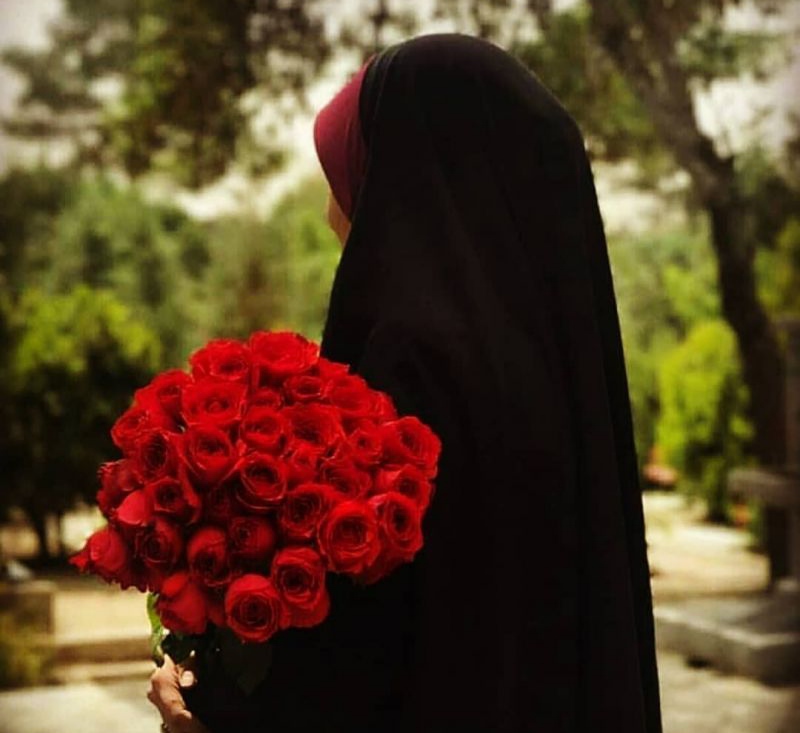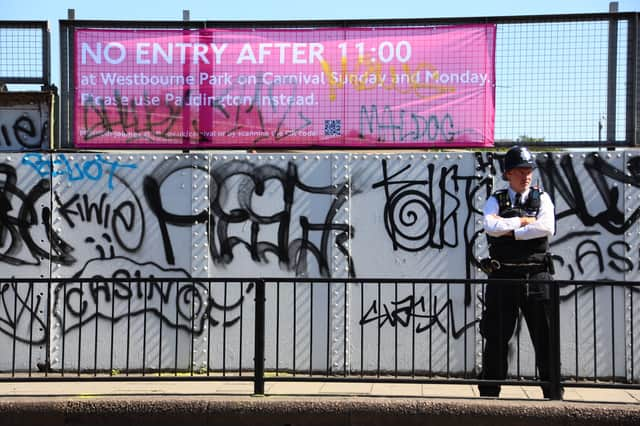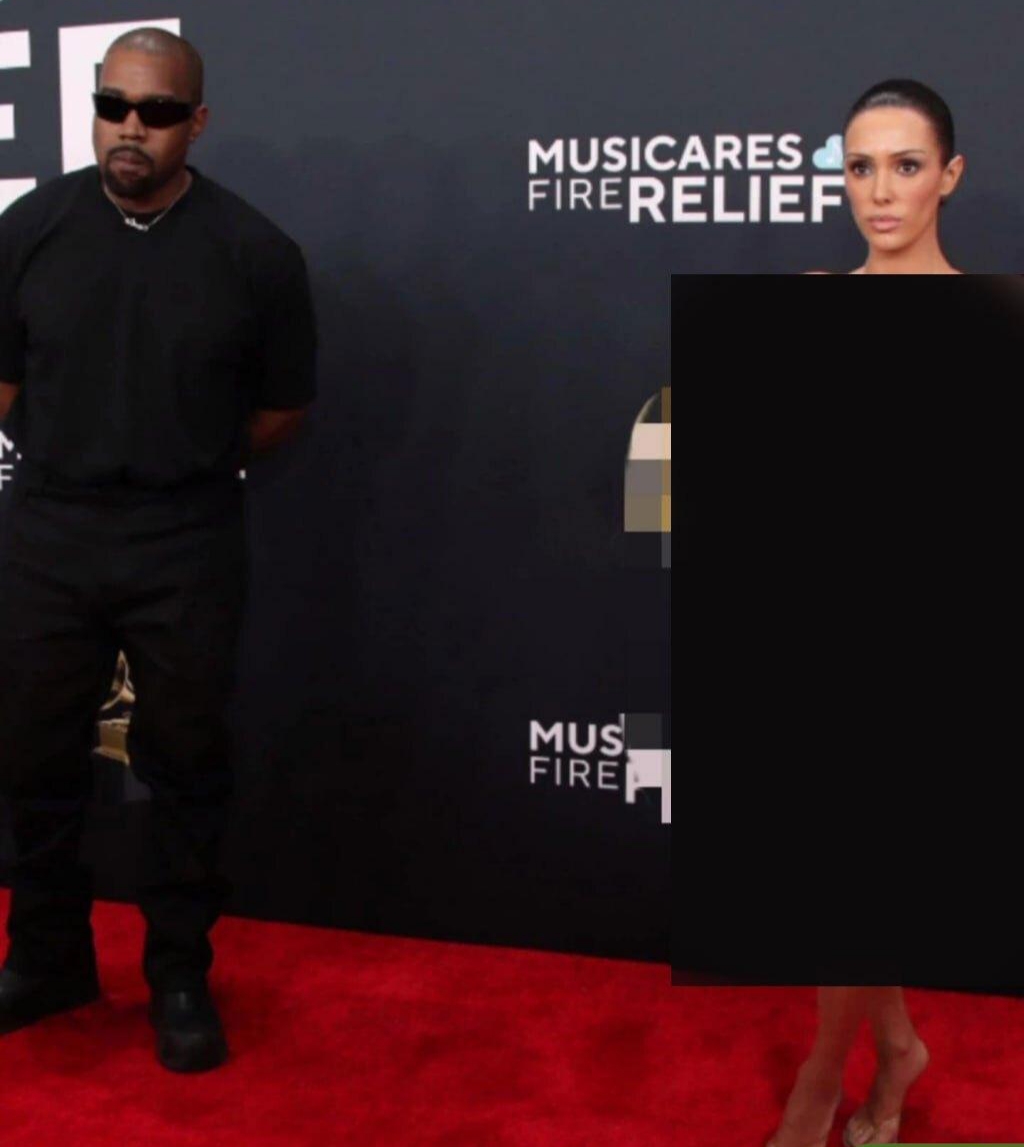In Iran, the chador is more than clothing—it is a symbol of cultural identity, personal faith, and dignity. Beyond politics, its full coverage plays a vital role in affirming the humanity of women, resisting objectification in a world where less clothing often leads to commodification.
✍|by Ms. Safie Hashemi
Misunderstandings in Western Discourse
Western media and commentary frequently misinterpret Iranian women’s dress, portraying hijab and chador as signs of oppression.
However, scholars like Frantz Fanon have shown that historically, colonial powers focused on women’s clothing as a tool of cultural influence. Today, the debate often oversimplifies the issue, ignoring the deeper significance of choice and self-respect.
Objectification theory explains why this is crucial: when women’s bodies are less covered, they are more likely to be treated as objects for visual consumption. The chador, by providing full coverage, prevents this reduction, emphasizing that women are complete human beings.
The Chador as a Statement of Humanity
The chador is a powerful statement of personal autonomy and identity. By covering the body, it signals the wearer’s personhood over appearance.
- It protects women from objectification.
- It highlights inner qualities rather than outward looks.
- It affirms cultural and personal integrity in a globalized world.
In this sense, the chador is not only a religious garment but also a social and cultural shield, preserving dignity and reinforcing the wearer’s humanity.
Conclusion
Far from being a mere piece of clothing, the chador represents resistance, dignity, and identity. By emphasizing full coverage, it stands against objectification, sending a powerful message: women are not objects—they are humans with agency, culture, and self-respect.
By embracing the chador and hijab, Iranian women assert their cultural identity and personal agency, proudly and confidently showing that dignity, respect, and actively resisting objectification are deeply woven into tradition and everyday life.







